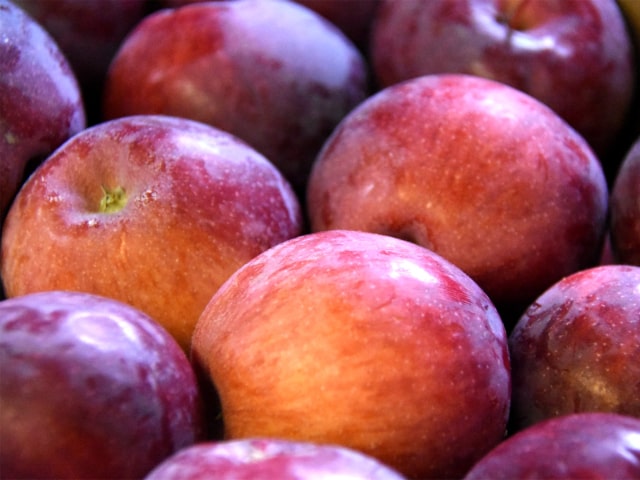
It's very rare to buy and eat produce that's at its peak flavor. Fresh produce is sweet, tasty and fresh, but you don't really get to eat it often. Even if you do your best to get to the produce that's fully fresh, it's possible that it's not fully ripe. Therefore, you will probably get to eat produce that's not fully ripe.
It's interesting to note that this is true even for the produce you are growing in your own garden. While produce you can buy at stores or markets may not be as fresh as the one in your garden, even your own produce may be less than ideal if you harvest it too early.
Too many times, people harvest produce that's not fully ripe. Some people do it because they don't know how to tell if the produce is ready, while the others do it because they are forced to harvest their produce at a given time (for example, because of unfavorable weather conditions). Whatever the reason may be, it's the fact that most of the time, produce is harvested when it's not really ready.
In order to overcome this problem it's important to learn how to tell if your produce is truly ready. This is the most important thing to produce plants with perfect flavor and texture.
How to Store Produce
Another thing you need to keep in mind are the storage conditions. Certain vegetables can be matured off vine while others can be stored for a long time while preserving their taste and nutritional value. Keep in mind that different plants have different sensitivity to conditions such as temperature and moisture.
Here are some basic tips on how to select and store your produce:
If you want to buy produce rather than grow it yourself, it's important to know how to pick the best one at a store. When in doubt, go for the heaviest weight by volume. The reason behind is that the best item is usually the heaviest one. Light items may be dehydrated, and dehydration is one of the main problems when it comes to storing produce. This is why it's always important to choose fruits and vegetables that feel heavy. This will ensure that they are fresh and juicy. It doesn't mean that you have to pick every single item before you buy it, but keep an eye of the unusually light items you may encounter. If a few items in the bunch feel right and if they are heavy enough, the whole bunch will probably be fine, too.
The next thing you need to worry about is how to store your items (fruits, vegetables, etc.) As you probably know, fresh produce is best stored in a refrigerator. Most green produce you can find is best stored in a cold rack in a refrigerator. Most refrigerators have a special place for fruits and vegetables, so it's best to store them in there. It's important to put the veggies and other produce in the fridge as soon as you harvest it (or as soon as you buy it). Also, keep in mind that once you cut a vegetable or a fruit you have to store it in the fridge until you eat it.
Another thing to keep in mind is how to wash your produce.
It's best to wait with washing until you are ready to eat the produce. If you wash it much earlier your produce may not last as long in the fridge. It's been proven that the life pf the produce in the fridge is longer if you don't wash it. Only wash your produce when you are ready to eat it. The reason for this is that it's almost impossible to completely dry the produce once it's been washed. If you put these items in the fridge the remaining water will cause premature skin breakdown. This will invite mold and decay. It's particularly true for certain fruits, such as peaches, cherries and berries. For this reason, never wash the produce when you store it; wash it only when you are ready to eat it.
How to Ensure Ripening
It's a great thing to have fully ripe produce to consume. As you probably know, this isn't so easy to ensure. You never know if you'll purchase produce that's fully ripe, and it's not always easy to tell if the produce you grow in the garden is ripe.
To overcome this problem, you should keep in mind two tips: eat as soon as you purchase it (or harvest it, if you are sure the produce is ready) and know how to ripen your produce even after it's harvested. Both methods will increase your enjoyment of the fruits and vegetables you choose to eat this way.
Keep in mind, however, that ripeness is often a matter of personal preference. Texture and flavor tend to vary greatly in different stages of ripeness. This is something you should be aware of. Also, you need to know your own preference and understand when it's best to consume certain produce to match your taste.
Generally speaking, room temperature is the best for ripening. This is something you should keep in mind. In case you want to ripe produce in your home, then you have to wait until it's ready to put it in the fridge. Temperatures in the fridge are too low for ripening, so if you want to ripe your produce inside home, you shouldn't put it in the fridge straight away.
One of the fastest ways to make the produce ripen in a short time is to use a paper bag. Place your fruits or vegetables individually in a paper bag (one item per bag) and leave it like this. It will trap ethylene gas, which will speed up the ripening process. However, you have to be careful: it may speed up the process so much that your produce will go from under-ripe to over-ripe in no time. That's why you should check your produce regularly (every day) to see if it's ready. Sometimes, only one day is enough to make your produce fully ripe.
A Quick Ripening Guide
Here is a quick guide on how to ensure ripening of some common fruits and vegetables:
- Melons. They usually don't need ripening because they are harvested ripe. To prolong their life when harvested, keep them in the fridge, though you may also keep them on a room temperature. Keep in mind that watermelons, honeydew, cantaloupe and other types of melons are harvested ripe, but if you keep them on room temperature that may soften their texture.
- Avocados. They are easily ripened after harvest if you keep them on a room temperature on the counter. They don't need to be kept in a refrigerator. However, if you want to slow the ripening process or keep them at the desired ripening level, you should store them in the fridge.
- Stone fruit (peaches, nectarines, plums, apricots, etc.) They do best when they are stored in a room temperature. Avoid to store them in the fridge. To make them ripe, keep them on the counter at a room temperature until they are ripe.
- Citrus fruit (oranges, lemons, lime, grapefruit, etc.) They are tolerant of both cold and warm temperatures. You may keep them on the counter (room temperature) or in the fridge, if you want to prolong their life. You don't need to make them ripen because these fruits are harvested ripe.
- Berries. They are harvested ripe so no need to make them even more ripe. They should be kept in the fridge, on 34-38 degrees F.
- Pears. They are easily ripen at home at a room temperature. Keep them on the counter until flesh yields to light pressure ‐ this is the sign that they are ready. You may keep them in the fridge before they are ripe, then remove them and keep them outside the fridge to begin the ripening process.
- Pineapple. It's harvested ripe so no need for further ripening. It should be kept at a room temperature because it can dehydrate quickly if you keep it in the fridge. Also, keep in mind that green color on the shelf doesn't mean that it's unripe.
- Mango and papaya. To ripen them, keep them on the counter (room temperature), until the flesh yields to light pressure (a sign that they are ready). You may keep them in the fridge to slow down the ripening process. However, low temperatures can make them dehydrated so you should watch closely and remove mango an papaya from the fridge if this starts to happening.
- Cucumbers, peppers and zucchini. These vegetables are harvested ripe so no need for further ripening. They should be kept in a warmer part of the fridge, preferably in a controllable drawer. Keep in mind that they are sensitive to cold. The ideal temperature for them is 45 degrees F. They may become rubbery and dehydrated if kept in lower temperatures.
- Basil. Basil doesn't need any ripening, so you shouldn't worry about it. It's best kept at a room temperature. Keep in mind that it's sensitive to cold and may turn black when kept in a refrigerator.
- Herbs. Herbs don't need ripening and they are best kept in the fridge. Most herbs should be kept in the fridge to prolong their life (basil is the only exception, see above).
- Potato, onion and garlic. They are harvested ripe so no ripening needed. They are best kept in a dry area away from light, at a room temperature. They can turn green when exposed to light so that's something to keep in mind. Don't place them in the fridge.
Follow these simple steps and you will have a much better produce in your home. It will be fresh, tasty and healthy, and it will have a much longer life when stored.
Photo credit: Gallant's Photography
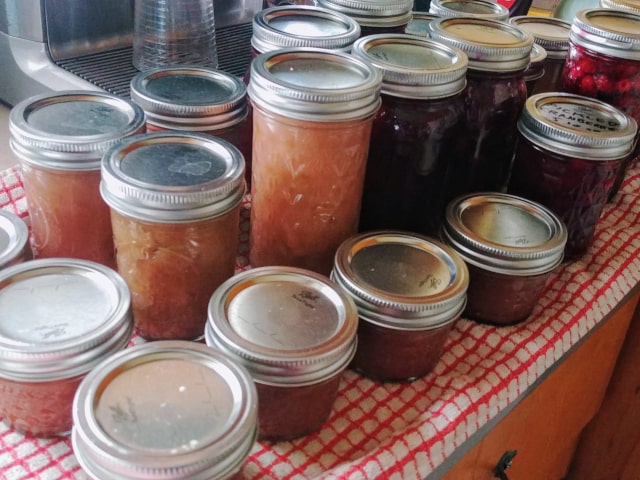
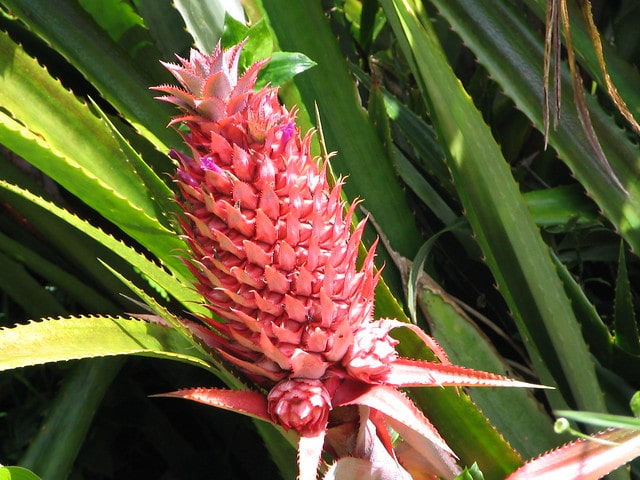
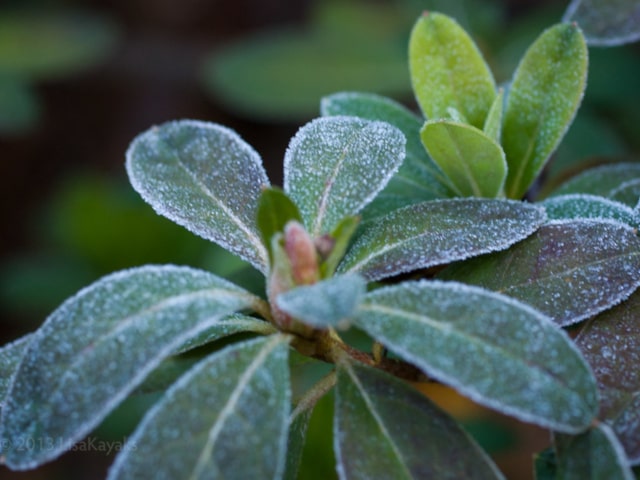
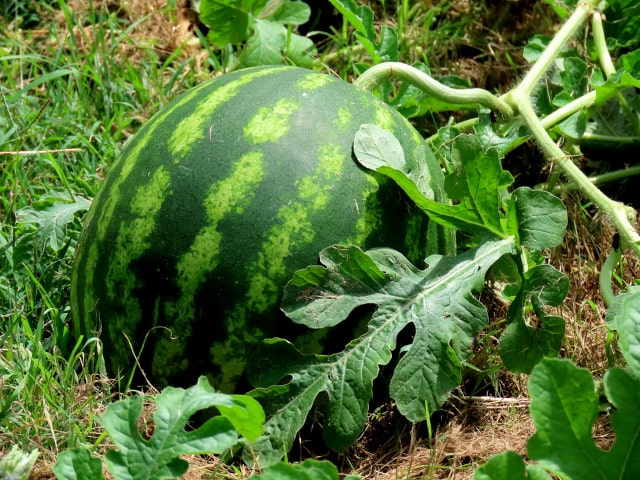
0 Comments